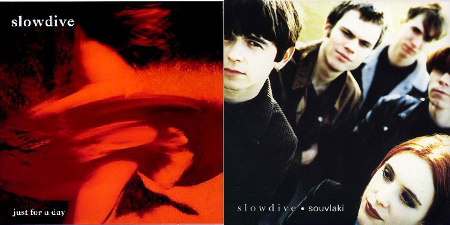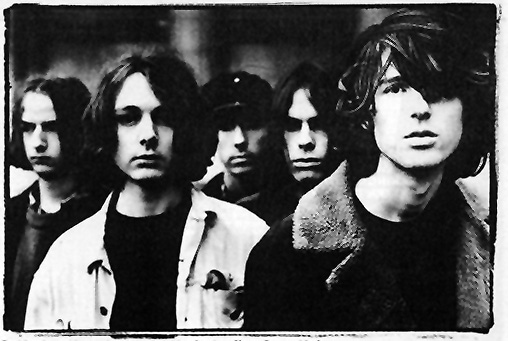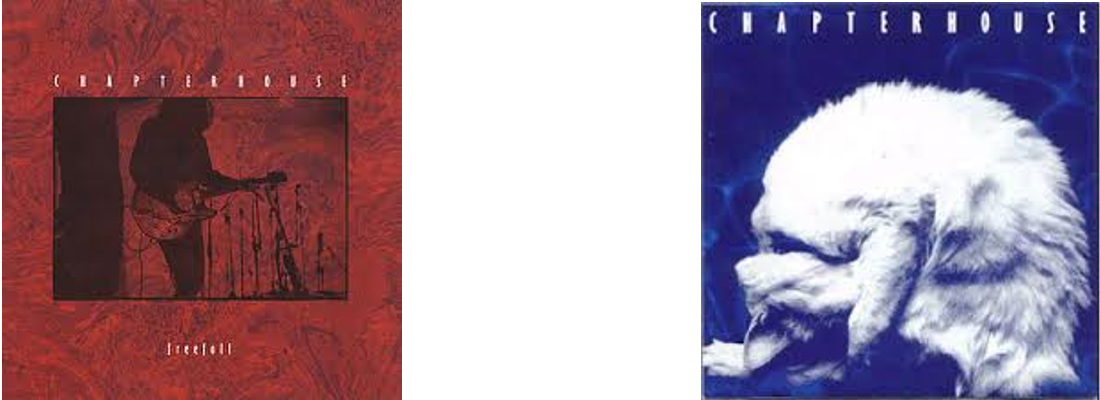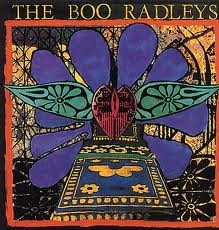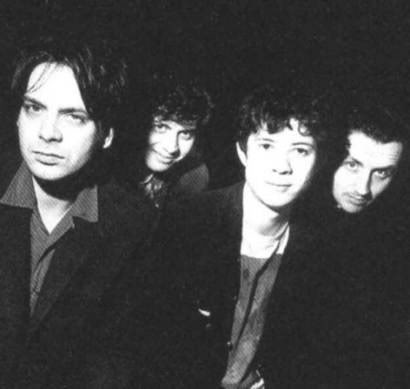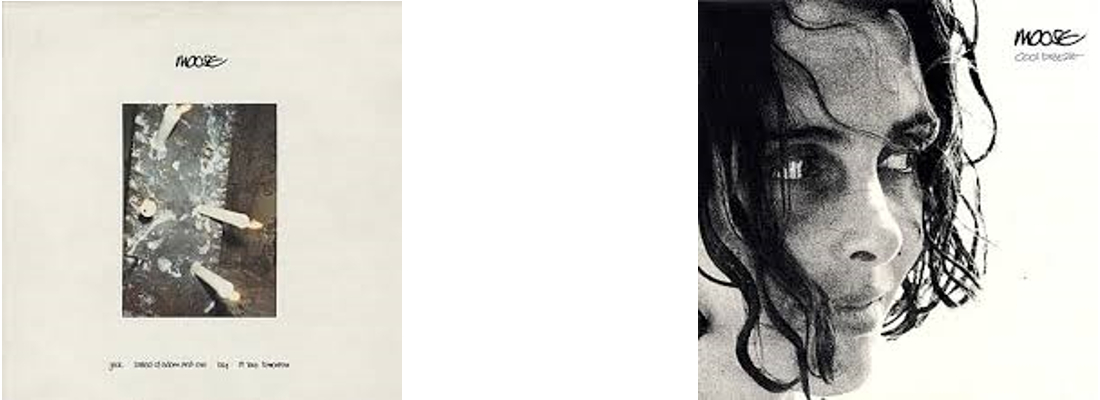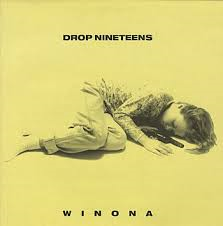I don’t often post book reviews here, but I was lucky enough to be sent review copies of the two newest additions to Bloomsbury’s always-interesting 331⁄3 series of books, David Bowie’s Diamond Dogs by Glenn Hendler (hopefully the spelling of his name will be consistent on the cover of the non-advance edition) and D’Angelo’s Voodoo by Faith A. Pennick, which I’ll cover in a different post.
Hendler’s book was of immediate interest; I’ve been listening to David Bowie’s Diamond Dogs (1974) for literally (though not continuously) half of my life. When I first started this blog, names for it that I rejected included ‘The Glass Asylum’ (from the song Big Brother) and ‘Crossroads and Hamburgers’ (actually based on a mishearing of a line in perhaps-best-ever-Bowie-song (or group of songs), Sweet Thing/Candidate/Sweet Thing (reprise) which is really ‘the crossroads of hamburgers and boys’, arguably a better name for a website, but perhaps overly misleading. The Glass Asylum already exists and is anyway not especially relevant. But I’ll name this site properly one day).
For years, Diamond Dogs was my favourite Bowie album, only pushed into second or third place (it changes quite often; currently #1 is Station to Station and #2 is Young Americans) because I listened to it so much that it had become hard to listen to without skipping bits.
But despite listening to it to the point where I felt like I knew every second of the album, and reading a lot about Bowie over the years (though not the lyrics apparently – I presume I just thought I knew them), Glenn Hendler’s little (150 page) book taught me a lot that I didn’t know and hadn’t considered – and, even better – sent me back to the album with fresh ears, and made me fall in love with it all over again.
As a semi-professional music journalist myself (Hendler, incidentally, isn’t one; he’s a Professor of English, though he writes on a variety of cultural & political topics) I’m very aware that there are many people who believe that music writers should focus solely on the music at hand and leave themselves out of it. This is, thankfully, not how the 331⁄3 series works, and in fact none of my own favourite music writers – Charles Shaar Murray, Jon Savage, Caitlin Moran, Lester Bangs etc etc – write from any kind of neutral position. And really, anything about music beyond the biographical and technical information is subjective anyway, so better to be in the hands of someone whose writing engages you. For me, the test of good music journalism (not relevant here, but will be for the Voodoo review) is whether the writer can make you enjoy reading about music you don’t already know, or maybe don’t even like – something which all of the aforementioned writers do.
331⁄3 books always begin with something about the writer’s history with the music that they are talking about – and it’s surprising the difference this makes to a book. For me, reading the opening chapter of Mike McGonigal’s My Bloody Valentine’s Loveless (Loveless came out when I was at high school and was very much a fan of the scene that had grown up in the long gaps between MBV’s releases; Ride, Lush, Slowdive, Curve etc etc etc) was such a strange experience – he describes encountering the band’s music in what comes across very much as a grunge, ‘alt-rock’ milieu – that, although I liked the book very much, it felt so far removed from how I saw the band that it was oddly dislocating, like it would be to read a sentence that began “Wings frontman Paul McCartney” or, more pertinently to this article, “David Bowie, vocalist of Tin Machine.”
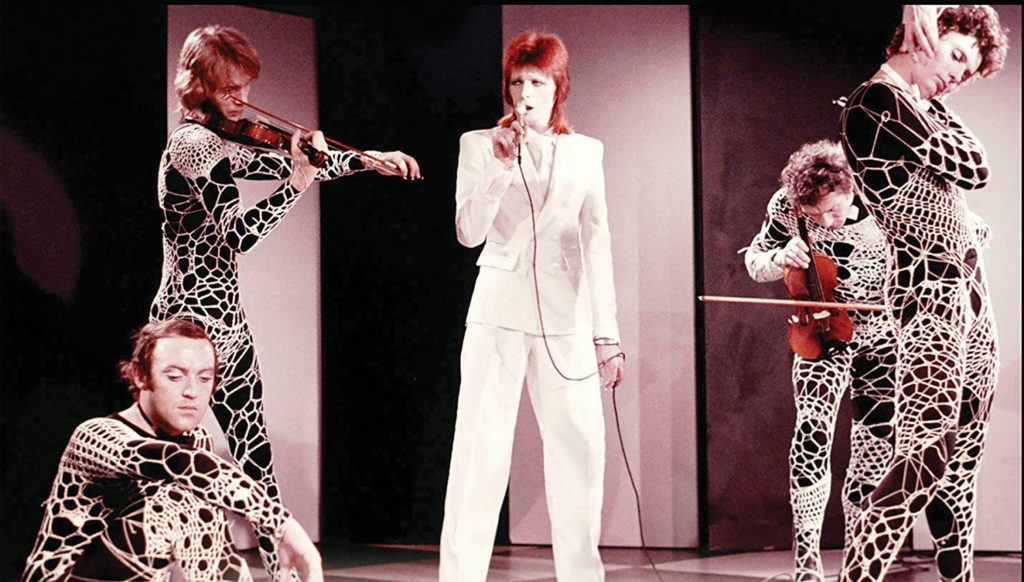
Anyway; in this case, the author’s relationship with his subject stretches all the way back to the his first real encounter with the music – and strangeness – of Bowie, when as a 12 year old, he saw The 1980 Floor Show on NBC’s Midnight Special, filmed in 1973, which acted as a kind of fanfare for the as-yet-unreleased Diamond Dogs. This setting is important, because anyone coming to Bowie now has grown up with all of his incarnations – and the fact that he had various different personae – as background. I first knew him as the barely-weird-at-all Bowie of Let’s Dance, a pop star who was not noticeably stranger or even (stylistically/musically at least) obviously older-looking than the other acts in the charts at the time (also in the top ten during Let’s Dance’s reign at number one were the Eurythmics (Sweet Dreams (are Made of This)), Bonnie Tyler (Total Eclipse of the Heart) and Duran Duran (Is There Something I should know). The fact (not in itself so unusual in the UK) that Bowie had an earlier existence as some kind of glam rock alien of indeterminate gender was almost invariably commented upon by DJs and TV presenters in the 80s and that is a very different thing from becoming aware of him when he was a glam rock alien of indeterminate gender, especially since – in the USA at least – he was yet to really break and in ’74 was a cult figure with a surprisingly high profile, rather than one of the major stars of the previous two years.
In his book, rather than making a chronological, song-by-song examination of the album (though he does dissect every song at some point), Hendler examines the array of different inspirations (musical, literary, cultural, political, technical) that informed the writing and recording of the album, as well as looking at where it lies in relation to his work up to that point. Those inspirations; Orwell’s Nineteen Eighty-Four (Bowie’s original intention was to write a musical based on the book, but after that was vetoed by Sonia Orwell he incorporated the material he’d written into Diamond Dogs), Andy Warhol and the superstars of his Factory, some of whom were then in the UK production of his play Pork, the gay subculture of London and the post-apocalyptic gay subculture of William Burroughs’s novels, Burroughs & Brion Gysin’s ‘cut-up’ technique, Josephine Baker, A Clockwork Orange, the soul and funk that was to take centre stage on Young Americans, the Rolling Stones, the post-industrial decay and unrest of Britain in the mid-70s – are all audible to varying degrees on Diamond Dogs, a kind of linguistic stratigraphy* that mirrors the album’s layers of sounds and instruments and makes it both aurally and figuratively one of Bowie’s most richly dense albums.
*thankfully, Glenn Hendler never writes as pretentiously as this

When reading the book, two phrases other writers wrote about the Diamond Dogs era came to mind, which I think reinforce Hendler’s own conclusions about the album;
it […] single-handedly brought the glam rock era to a close. After Diamond Dogs there was nothing more to do, no way forward which would not result in self-parody or crass repetition” David Buckley – The Complete Guide To The Music of David Bowie*, Omnibus Press, 1996, p.37
*incidentally, a intriguing detail reported by Buckley but sadly not mentioned in Hendler’s book is that the territory of ‘Halloween Jack’ (the only named member of the Diamond Dogs) who ‘lives on top of Manhattan Chase’ was inspired by stories told by Bowie father (who at one point worked for Barnardo’s) of homeless children living on the rooftops in London.
And, even more to the point:
The last time I’d seen him [Bowie] had been the last day of 1973, and he’d been drunk and snooty and vaguely unpleasant, a game player supreme, a robot amuck and careening into people with a grin, not caring because after all they were only robots too; can trash be expected to care about the welfare of other trash?
Since then there’d been Diamond Dogs, the final nightmare of glitter apocalypse Charles Shaar Murray, ‘David Bowie: Who was that (un)masked man?’(1977) in Shots From The Hip, Penguin books, 1991, p.228
This sense of Diamond Dogs’ apocalyptic extremism is addressed throughout Hendler’s book; the record may not be a concept album in any clear, narrative sense (indeed, the Diamond Dogs, seemingly some kind of gang, are introduced early on but only mentioned once thereafter), but its fractured, non-linear progression and its musical maximalism (should be a thing if it isn’t) actually imbues the album with a far stronger overall identity than Ziggy Stardust or Aladdin Sane had before it. In fact it works more like a kind of collage than a conventional story. related to this, an important point that the author brings up early on concerns the role of the Burroughs/Gysin cut up technique. Although this is often used to explain (or rather, not explain) the more lyrically opaque moments in Bowie’s 70s work, Hendler stresses that this was a creative tool rather than a kind of random lyric generator. As with the use of Eno’s Oblique Strategies cards on Low a few years later, the cut up was used as a way of stimulating the imagination, not bypassing it. The lyrics to songs like Sweet Thing clearly benefit from the use of randomised elements, but these were then used to create lyrics which have an internal sense but which crucially also scan and rhyme when needed, something that would be fairly unlikely in a purely random process. The result is something like the experimental fiction that JG Ballard had pioneered earlier in the decade (most famously in The Atrocity Exhibition) which come across as sometimes-gnomic bulletins from the unconscious, filtered through a harsh, post-industrial geography, but never as random gibberish. What Hendler draws attention to (that I had never consciously noticed in all my years of listening) is the strangely dislocated perspectives of the album’s songs, where the relationship between the narrator/subject/listener are rarely clear-cut and often change within the course of a single song.

The most obvious example is in one of the book’s best parts, the exploration of Sweet Thing/Candidate/Sweet Thing (reprise) (the crossroads and hamburgers song). Although, lyrically, the song’s focus is all over the place, it never feels disjointed, and until reading about it, I’d never really considered how ambiguous it all is. Although seen through a kind of futuristic lens, thanks to the album’s loose concept (established by the album’s sinister and slightly silly intro, Future Legend), when I listen to it now, it feels very much like a condensed/compressed 70s version of Hubert Selby Jr’s notorious Last Exit To Brooklyn (1964) with its shifting viewpoints and voices and its pitiless depiction of what was – for all the novel’s controversy – the normal life for many people in the underclass of any big city. Like Selby, Bowie doesn’t help the audience by indicating who is speaking or when but places us in the centre of the action (essentially violent gangs and male prostitutes), making the listener in fact, (at times) the ‘sweet thing’ of the title (though at other times Bowie adopts that role too) not that that had ever occurred to me before. It’s a mixture of menace, sleaze and impending violence, the ‘glam’ sheen of glam rock rendering it all at once romantic and dangerous – and full of unexpected details. I had obviously always heard the line ‘Someone scrawled on the wall “I smell the blood of Les Tricoteuses”’ but I hadn’t bothered to find out what it was he said or what ‘Les Tricoteuses’ were (the old ladies who reportedly/supposedly knitted at the foot of the guillotine during the Reign of Terror that followed the French Revolution, it turns out) and therefore didn’t pick up on the way the percussion becomes the military marching snare drum. Bowie was always about theatre, but this song absorbs the theatrical elements so seamlessly into its overall structure that drama/melodrama, sincerity/artifice, truth/deceit. seduction/threat become one vivid and affecting whole. I would say the song is bigger than the sum of its parts, but there are so many parts, going in (and coming from) so many different directions that I don’t think that’s true – but it somehow holds together as a song or suite of songs; almost a kind of microcosm of the album itself.
Elsewhere, my other favourite song, We Are The Dead (directly inspired by Nineteen Eighty-Four) is dissected brilliantly, highlighting the way (again, I hadn’t noticed) that Bowie absorbs the key ideas of the novel into his own framework; this is one of the few songs aside from the title track that mentions the Diamond Dogs and, without being jarring (or at least no more than intended) sets the originally very 1940s characters of Winston Smith and Julia (not that they are named) and his timeless themes of power, sex (and the relationship between the two) and totalitarianism into the 70s post-apocalyptic dystopia that owes more to Burroughs and the street-life milieu of Lou Reed’s lyrics than it does to Orwell himself. Like the use of cut-up techniques to stimulate his own imagination, Bowie’s absorption of these disparate elements created something new and powerful that concentrated Bowie’s interests and obsessions as well as holding up a distorting mirror to the times in which it was created.
But this has gone on long enough and, rather than rewriting or paraphrasing Hendler’s book – one of the best books on Bowie I’ve read – I’ll go and read it again while listening to Diamond Dogs.
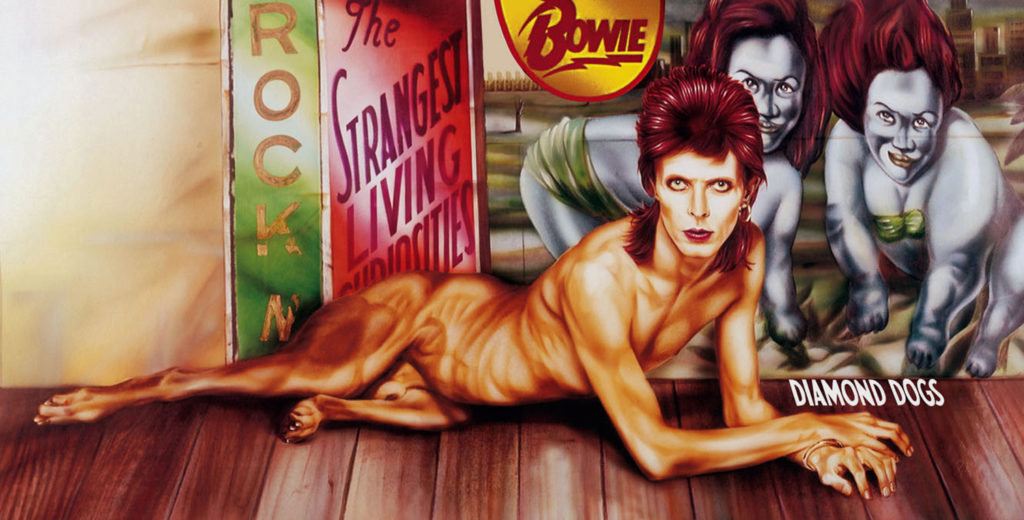


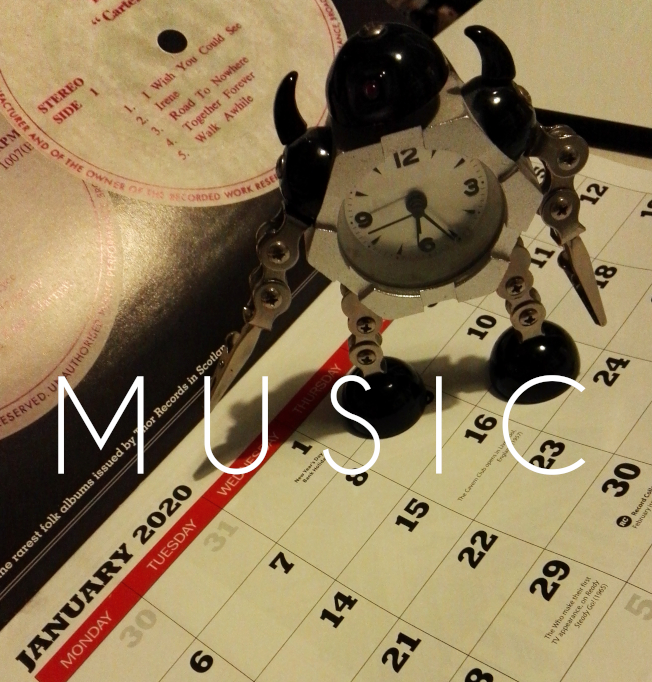
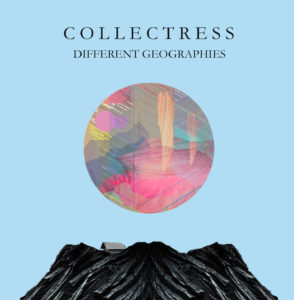
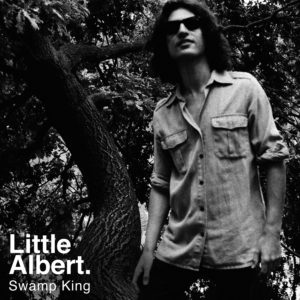
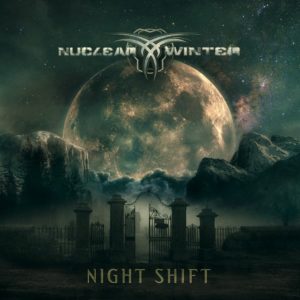
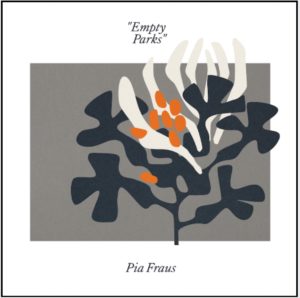
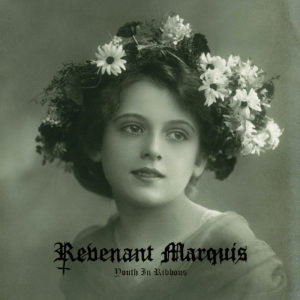
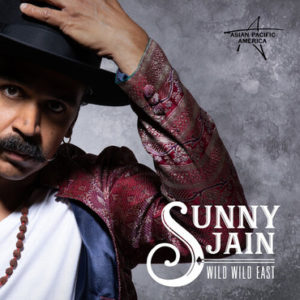
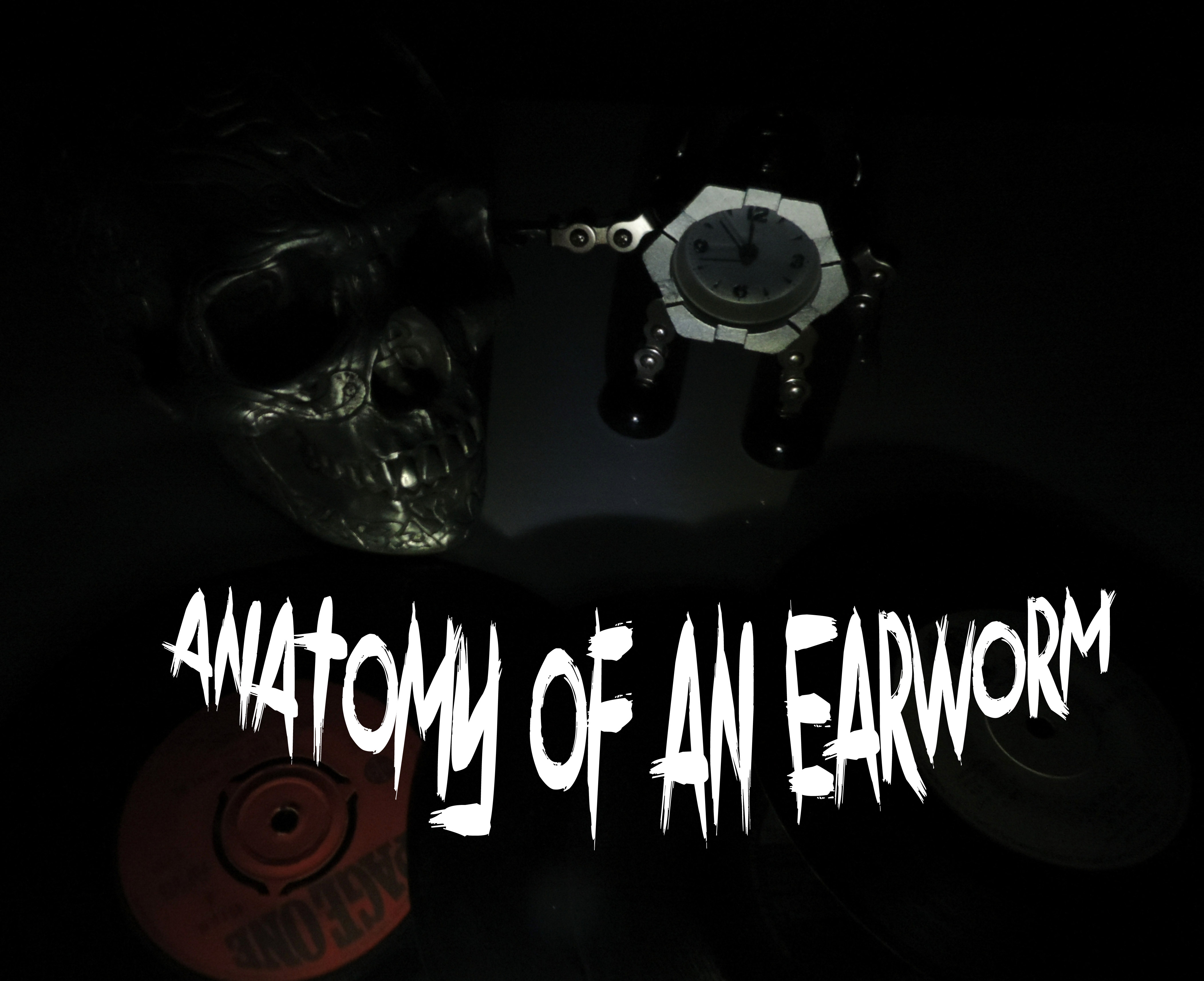

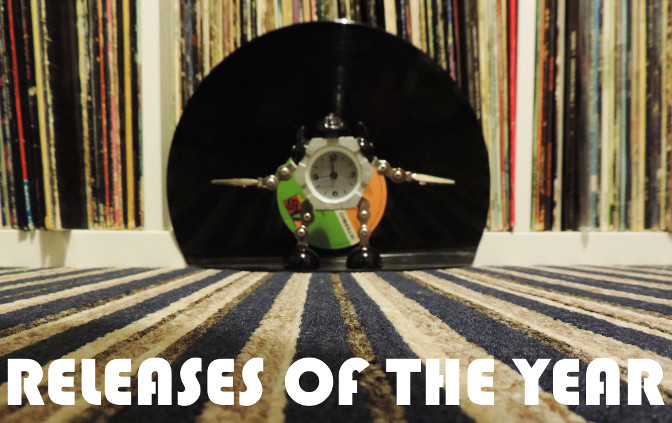



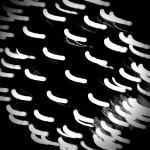
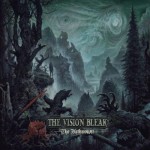
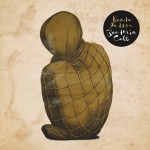
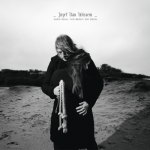
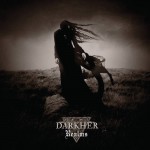
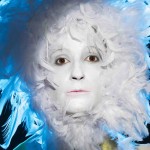
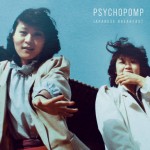
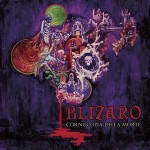
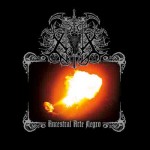
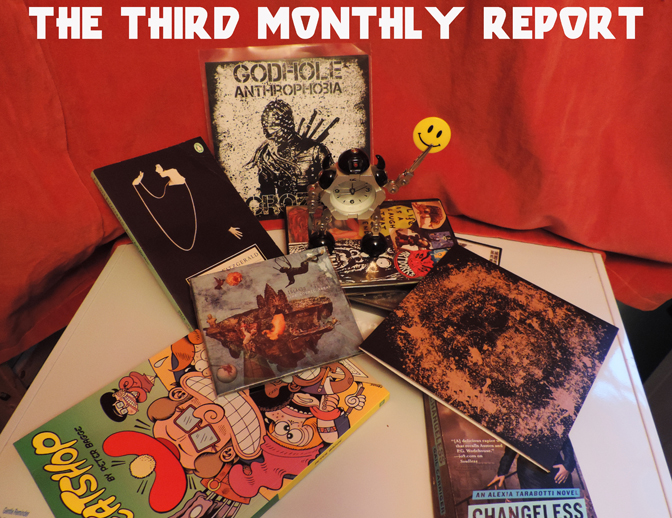
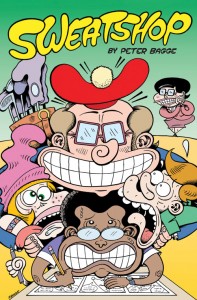 At first, Sweatshop feels more like one of Peter Bagge’s more lightweight, knockabout strips like Batboy or Studs Kirby, and compared to the brilliant Woman Rebel it is, but there’s more substance to the characters in Sweatshop than you’d think. This is perhaps because the situation (a group of ambitious young cartoonists working for a grouchy, reactionary, but famous old cartoonist to produce his well-known but trivial newspaper strip) is one close to the hearts of Bagge and his own team of artists. It’s funny and silly, but also well plotted and with some sharp observations about the world of cartooning as well as human relationships etc; a good book in fact.
At first, Sweatshop feels more like one of Peter Bagge’s more lightweight, knockabout strips like Batboy or Studs Kirby, and compared to the brilliant Woman Rebel it is, but there’s more substance to the characters in Sweatshop than you’d think. This is perhaps because the situation (a group of ambitious young cartoonists working for a grouchy, reactionary, but famous old cartoonist to produce his well-known but trivial newspaper strip) is one close to the hearts of Bagge and his own team of artists. It’s funny and silly, but also well plotted and with some sharp observations about the world of cartooning as well as human relationships etc; a good book in fact.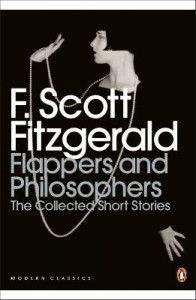 The selection I have was collected by
The selection I have was collected by 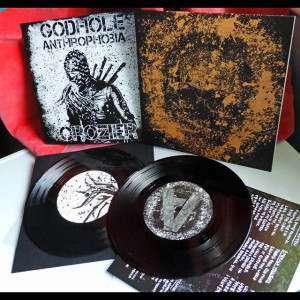 I had already heard both of these great releases but when I saw that Mind Ripper were selling them on vinyl 7″s ridiculously inexpensively. Anthrophobia is a brilliant meeting of two very different musical personalities, with Godhole’s intensely emotive and strangely catchy powerviolence being distorted almost to the point of non-music by Crozier’s harsh noise; it’s bracing and not at all pretty, but it has a real impact and is worryingly addictive. The same is true of the Godhole EP, although it is relatively more disciplined insofar as it sounds like a band, rather than a catastrophic nightmare.
I had already heard both of these great releases but when I saw that Mind Ripper were selling them on vinyl 7″s ridiculously inexpensively. Anthrophobia is a brilliant meeting of two very different musical personalities, with Godhole’s intensely emotive and strangely catchy powerviolence being distorted almost to the point of non-music by Crozier’s harsh noise; it’s bracing and not at all pretty, but it has a real impact and is worryingly addictive. The same is true of the Godhole EP, although it is relatively more disciplined insofar as it sounds like a band, rather than a catastrophic nightmare.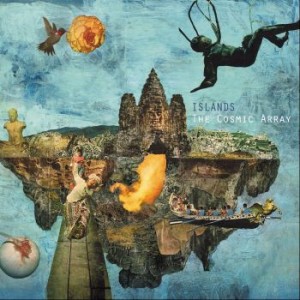 For 99% of the time, a complete contrast with the above (though the second half of Drones is surprisingly noisy and atonal), I was especially impressed by the forthcoming Cosmic Array album because I didn’t expect to like it at all. “Alt country/Americana”, ‘immersive and cinematic’ or not, is not really my thing* but in fact this album brings together a beautifully peculiar space-age melancholy that has (to me) hints of the Flaming Lips, Spacemen 3, My Little Airport and even the BMX Bandits and a sound that is a hybrid of UK indie and alt country (Fire Up The Sky is, strangely, almost shoegaze-alt country; actually, Moose’s XYZ was a great shoegaze/Americana album, so maybe not so strange?). Anyway; the songs are catchy and nice, Paul Battenbough and Abby Sohn are really good, expressive vocalists and it really is a big, widescreen cinematic sound as advertised; so put aside anti-country prejudices (if like me you have them) and give it a listen.
For 99% of the time, a complete contrast with the above (though the second half of Drones is surprisingly noisy and atonal), I was especially impressed by the forthcoming Cosmic Array album because I didn’t expect to like it at all. “Alt country/Americana”, ‘immersive and cinematic’ or not, is not really my thing* but in fact this album brings together a beautifully peculiar space-age melancholy that has (to me) hints of the Flaming Lips, Spacemen 3, My Little Airport and even the BMX Bandits and a sound that is a hybrid of UK indie and alt country (Fire Up The Sky is, strangely, almost shoegaze-alt country; actually, Moose’s XYZ was a great shoegaze/Americana album, so maybe not so strange?). Anyway; the songs are catchy and nice, Paul Battenbough and Abby Sohn are really good, expressive vocalists and it really is a big, widescreen cinematic sound as advertised; so put aside anti-country prejudices (if like me you have them) and give it a listen.
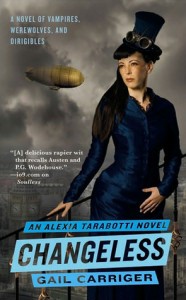
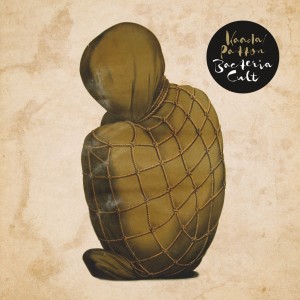 The third collaboration between Mike Patton and John Erika Kaada is, despite the ominous title, an extremely wide ranging and often light-toned (if moody, in the film-soundtrack sense) collection of dramatic and sometimes operatic (but not always melodramatic) pieces, ranging from the strangely Tom Waits-like Papillon to the Morricone-ish Black Albino. It’s a perfectly judged album, Mike Patton’s voice(s) interweaving with the orchestra to create individual pieces that are at the same time short and vast;too involving to be ‘background music’ it really does sound like an epic soundtrack in search of who knows what kind of film.
The third collaboration between Mike Patton and John Erika Kaada is, despite the ominous title, an extremely wide ranging and often light-toned (if moody, in the film-soundtrack sense) collection of dramatic and sometimes operatic (but not always melodramatic) pieces, ranging from the strangely Tom Waits-like Papillon to the Morricone-ish Black Albino. It’s a perfectly judged album, Mike Patton’s voice(s) interweaving with the orchestra to create individual pieces that are at the same time short and vast;too involving to be ‘background music’ it really does sound like an epic soundtrack in search of who knows what kind of film.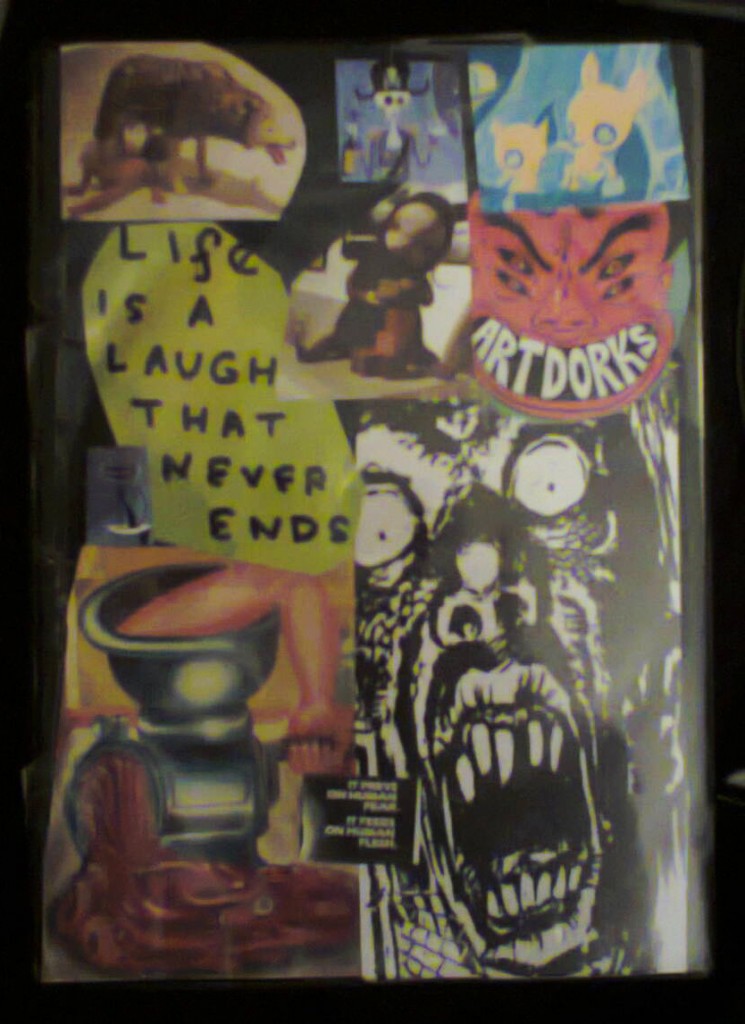
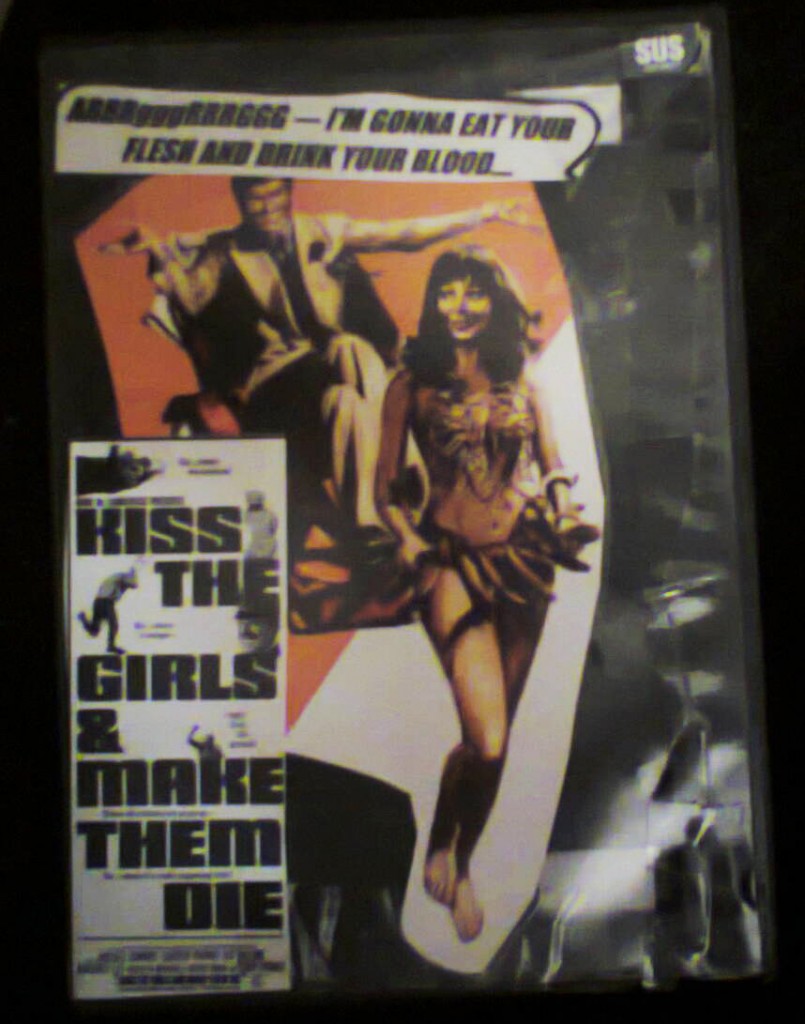
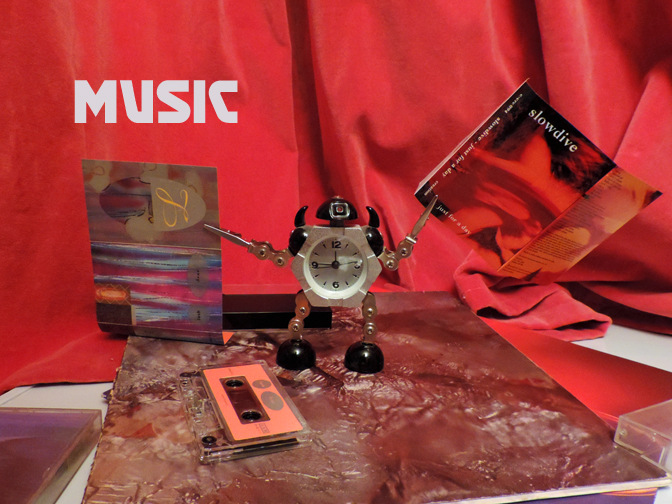
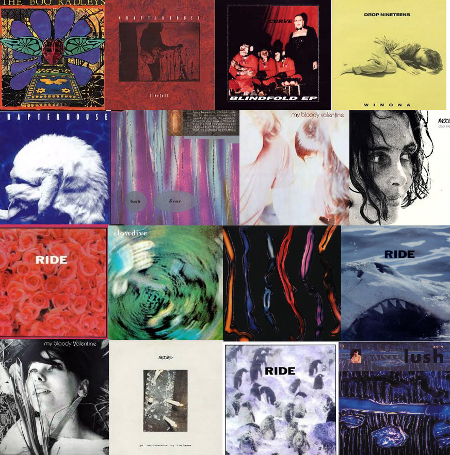

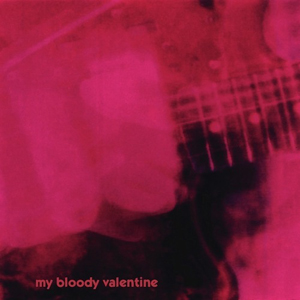
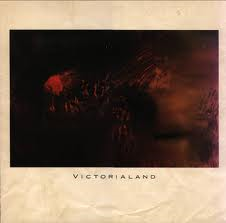 Through the early/mid 80s, The Cocteau Twins were undeniably key in establishing a guitar based, semi-ambient sound and, simultaneously The Jesus and Mary Chain made feedback and sheer noise a part of the overground rock/pop scene. Some aspects of the sound that became shoegaze can be traced back further, to the post-punk scene (notably The Cure, still very much a vital part of the music scene in the late 80s/early 90s), but it is really the Cocteau Twins and JAMC that should be considered the real architects of shoegaze. In their wake came the 80s indie scene in general, with bands like The House of Love and The Smiths, who would influence pretty much all of UK indie one way or the other from around 1984 onwards.
Through the early/mid 80s, The Cocteau Twins were undeniably key in establishing a guitar based, semi-ambient sound and, simultaneously The Jesus and Mary Chain made feedback and sheer noise a part of the overground rock/pop scene. Some aspects of the sound that became shoegaze can be traced back further, to the post-punk scene (notably The Cure, still very much a vital part of the music scene in the late 80s/early 90s), but it is really the Cocteau Twins and JAMC that should be considered the real architects of shoegaze. In their wake came the 80s indie scene in general, with bands like The House of Love and The Smiths, who would influence pretty much all of UK indie one way or the other from around 1984 onwards.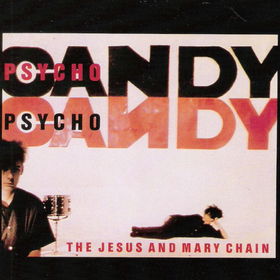
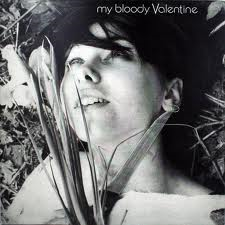 guitars. But on Strawberry Wine, the guitar sound is the chiming, jangly, Byrds-influenced one then popular in the UK indie scene. On Thorn, the underlying track is not that different, but on top of the base layer of strummed guitars, the melody is formed, not by a 12-string Rickenbacker-ish sound, but by the highly peculiar vacuum cleaner-like mechanised howl of Kevin Shields’ heavily distorted guitar. Even if Thorn wasn’t a better song than Strawberry Wine (but it is), the guitar adds not only a unique sound to the song, but it also intensifies its stormy, melancholy atmosphere. This was a key feature of shoegaze that all of the best bands brought to their music; not only was the voice another instrument, the guitar was another voice.
guitars. But on Strawberry Wine, the guitar sound is the chiming, jangly, Byrds-influenced one then popular in the UK indie scene. On Thorn, the underlying track is not that different, but on top of the base layer of strummed guitars, the melody is formed, not by a 12-string Rickenbacker-ish sound, but by the highly peculiar vacuum cleaner-like mechanised howl of Kevin Shields’ heavily distorted guitar. Even if Thorn wasn’t a better song than Strawberry Wine (but it is), the guitar adds not only a unique sound to the song, but it also intensifies its stormy, melancholy atmosphere. This was a key feature of shoegaze that all of the best bands brought to their music; not only was the voice another instrument, the guitar was another voice.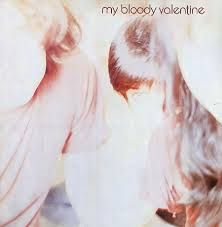
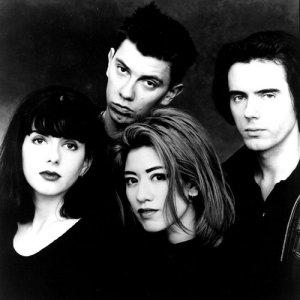
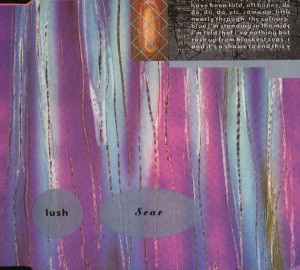 With Scar, Lush not only established a distinct musical identity based around the opposing forces of Cocteau Twins-esque fragility (enhanced by the – typically – ‘ethereal’ vocal harmonies of Miki Berenyi and Emma Anderson) and prickly, punky bitterness, they also created an instantly recognisable aesthetic. 4AD – always the most coffee-table-book-friendly indie label – should have been a natural home for the shoegaze scene, but in fact Lush and Pale Saints were (I think) the only shoegaze bands aside from The Cocteau Twins (always somewhat aloof from the ‘scene’) to benefit from the label’s invariably evocative artwork and in the end Creation became the shoegaze label. The six songs on Scar were uniformly excellent, but the production (by John Fryer, with the band) was serviceable but lacked sparkle, something rectified on the band’s next (and best) release:
With Scar, Lush not only established a distinct musical identity based around the opposing forces of Cocteau Twins-esque fragility (enhanced by the – typically – ‘ethereal’ vocal harmonies of Miki Berenyi and Emma Anderson) and prickly, punky bitterness, they also created an instantly recognisable aesthetic. 4AD – always the most coffee-table-book-friendly indie label – should have been a natural home for the shoegaze scene, but in fact Lush and Pale Saints were (I think) the only shoegaze bands aside from The Cocteau Twins (always somewhat aloof from the ‘scene’) to benefit from the label’s invariably evocative artwork and in the end Creation became the shoegaze label. The six songs on Scar were uniformly excellent, but the production (by John Fryer, with the band) was serviceable but lacked sparkle, something rectified on the band’s next (and best) release: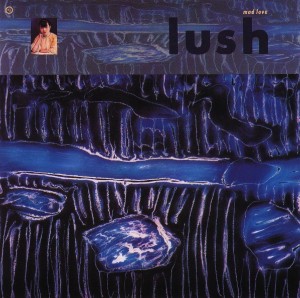 This EP exemplifies the best of the shoegaze scene; four excellent songs, no fillers (and it is surprising how many bands couldn’t record an EP without at least one lesser song), each song catchy and atmospheric but no two very alike.
This EP exemplifies the best of the shoegaze scene; four excellent songs, no fillers (and it is surprising how many bands couldn’t record an EP without at least one lesser song), each song catchy and atmospheric but no two very alike.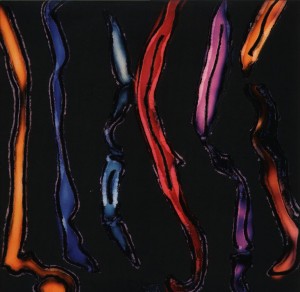 Later that year, the band released Sweetness and Light, their most commercial, hook-laden record, the poppy a-side backed with two even more lighter-than-air songs, both pretty good. At the same time, it was becoming clear from interviews and TV appearances that the band were not quite the fey, angelic characters they mostly sounded like on record. By ’91 the shoegaze scene was, if not in decline, then at least on a plateau, and Lush’s singles Black Spring and For Love were far patchier than their previous work. There were still great songs, but what had been ethereal had started to become watery and unmemorable and the band’s tougher songs jettisoned the shoegaze idiom for something more proto-Britpop/mainstream indie-rock-ish. Which is not what I am writing about.
Later that year, the band released Sweetness and Light, their most commercial, hook-laden record, the poppy a-side backed with two even more lighter-than-air songs, both pretty good. At the same time, it was becoming clear from interviews and TV appearances that the band were not quite the fey, angelic characters they mostly sounded like on record. By ’91 the shoegaze scene was, if not in decline, then at least on a plateau, and Lush’s singles Black Spring and For Love were far patchier than their previous work. There were still great songs, but what had been ethereal had started to become watery and unmemorable and the band’s tougher songs jettisoned the shoegaze idiom for something more proto-Britpop/mainstream indie-rock-ish. Which is not what I am writing about.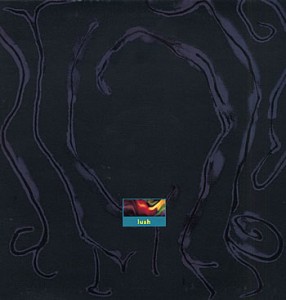
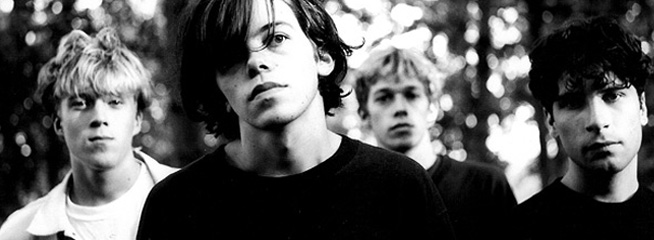
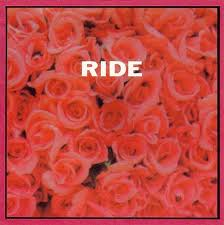 The month before Lush’s Mad Love went on sale, a young band from Oxford released their self-titled debut EP. Ride is not as perfect as Mad Love but it established a sound that was more pop-oriented than My Bloody Valentine, but with a heavier, noisier guitar sound than Lush. Ride balanced the unabashedly indie-pop sound of Chelsea Girl with three contrasting songs. These were the surprisingly heavy Drive Blind (with its psychedelic, flickering guitar part strangely reminiscent of the intro to Status Quo’s ludicrous 1967 psych-pop classic Pictures of Matchstick Men) and the more reflective All I Can See and the noisy Close My Eyes. The band’s sound was defined by the gentle harmony vocals of Mark Gardener and Andy Bell, whose voices bore a passing resemblance to that of MBV’s Kevin Shields, but where his voice often stayed buried, semi-coherently in the mix, Ride put their vocal harmonies in centre stage.
The month before Lush’s Mad Love went on sale, a young band from Oxford released their self-titled debut EP. Ride is not as perfect as Mad Love but it established a sound that was more pop-oriented than My Bloody Valentine, but with a heavier, noisier guitar sound than Lush. Ride balanced the unabashedly indie-pop sound of Chelsea Girl with three contrasting songs. These were the surprisingly heavy Drive Blind (with its psychedelic, flickering guitar part strangely reminiscent of the intro to Status Quo’s ludicrous 1967 psych-pop classic Pictures of Matchstick Men) and the more reflective All I Can See and the noisy Close My Eyes. The band’s sound was defined by the gentle harmony vocals of Mark Gardener and Andy Bell, whose voices bore a passing resemblance to that of MBV’s Kevin Shields, but where his voice often stayed buried, semi-coherently in the mix, Ride put their vocal harmonies in centre stage.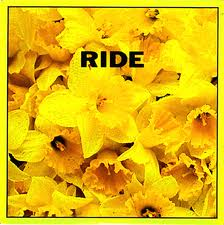
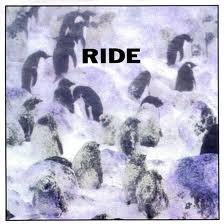 By the time Nowhere was released, ‘shoegaze’ was at its height, with critical reactions from the music press (in those days far more influential than now, especially on the UK indie scene) outweighed by support, especially from Melody Maker.
By the time Nowhere was released, ‘shoegaze’ was at its height, with critical reactions from the music press (in those days far more influential than now, especially on the UK indie scene) outweighed by support, especially from Melody Maker.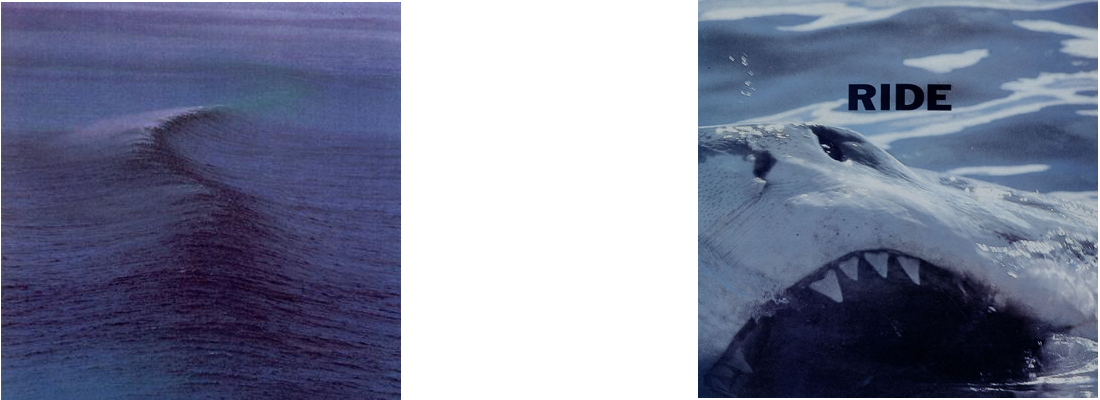
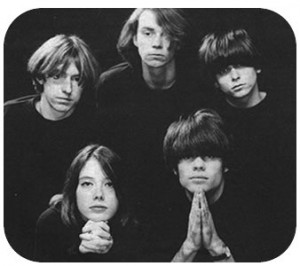
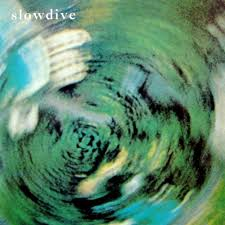 If Ride were more strident and rock than Lush, then Slowdive were everything shoegaze’s critics hated about the scene: mellow, melancholy, dreamy, slow (of course), fragile. But that’s not all they were: their self-titled debut, released at the end of the autumn in 1990, was a seriously noisy release, for all its snails-pace tempos. The beautiful foghorn guitar of the title track was closer to the sound of My Bloody Valentine’s (as yet unreleased) magnum opus Loveless than any of their peers, and the way the delicate
If Ride were more strident and rock than Lush, then Slowdive were everything shoegaze’s critics hated about the scene: mellow, melancholy, dreamy, slow (of course), fragile. But that’s not all they were: their self-titled debut, released at the end of the autumn in 1990, was a seriously noisy release, for all its snails-pace tempos. The beautiful foghorn guitar of the title track was closer to the sound of My Bloody Valentine’s (as yet unreleased) magnum opus Loveless than any of their peers, and the way the delicate 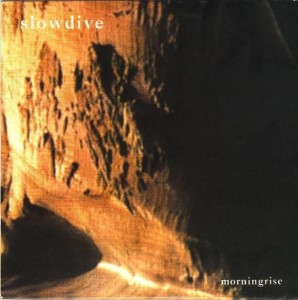 female/male vocals of Rachel Goswell and Neil Halstead drift through the massive soundscapes of guitar noise was distinctly different from the other bands of the genre. 1991’s Morningrise EP was another near-perfect EP but Holding Our Breath, released not long before debut album Just For A Day suggested, despite the presence of one of their most popular songs, Catch the Breeze, that the band had painted themselves into a corner; the distorted noise and feedback of the first EP had been smoothed into something altogether cleaner and more melodic, but without the stormy
female/male vocals of Rachel Goswell and Neil Halstead drift through the massive soundscapes of guitar noise was distinctly different from the other bands of the genre. 1991’s Morningrise EP was another near-perfect EP but Holding Our Breath, released not long before debut album Just For A Day suggested, despite the presence of one of their most popular songs, Catch the Breeze, that the band had painted themselves into a corner; the distorted noise and feedback of the first EP had been smoothed into something altogether cleaner and more melodic, but without the stormy 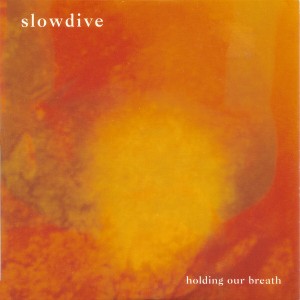 atmospherics, the sound of Just for a Day sometimes veered uncomfortably towards a kind of ‘Shoegaze Moods’ new age muzak.
atmospherics, the sound of Just for a Day sometimes veered uncomfortably towards a kind of ‘Shoegaze Moods’ new age muzak.